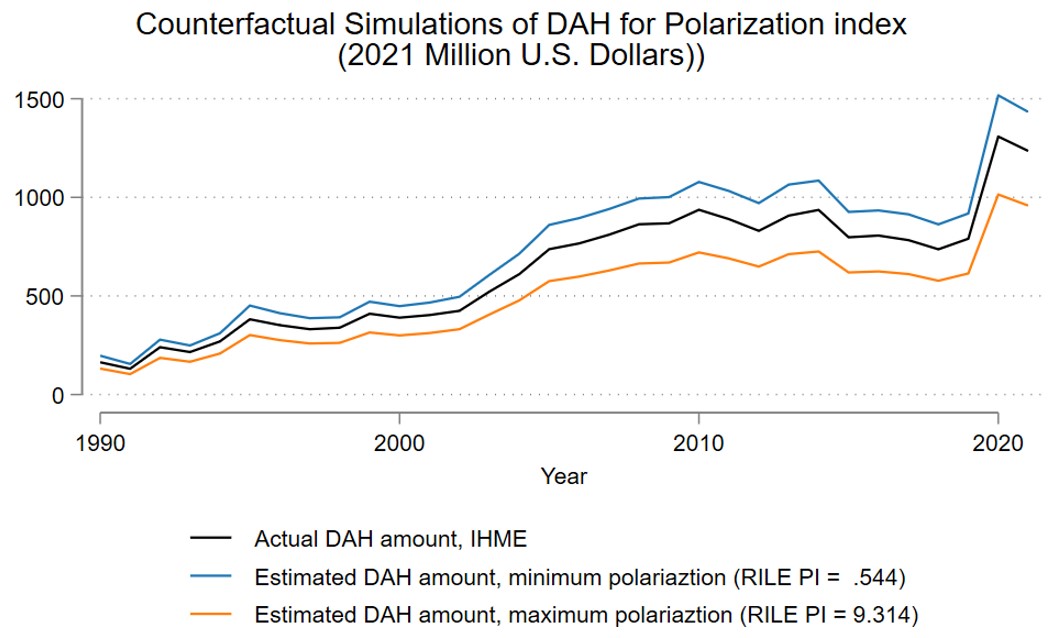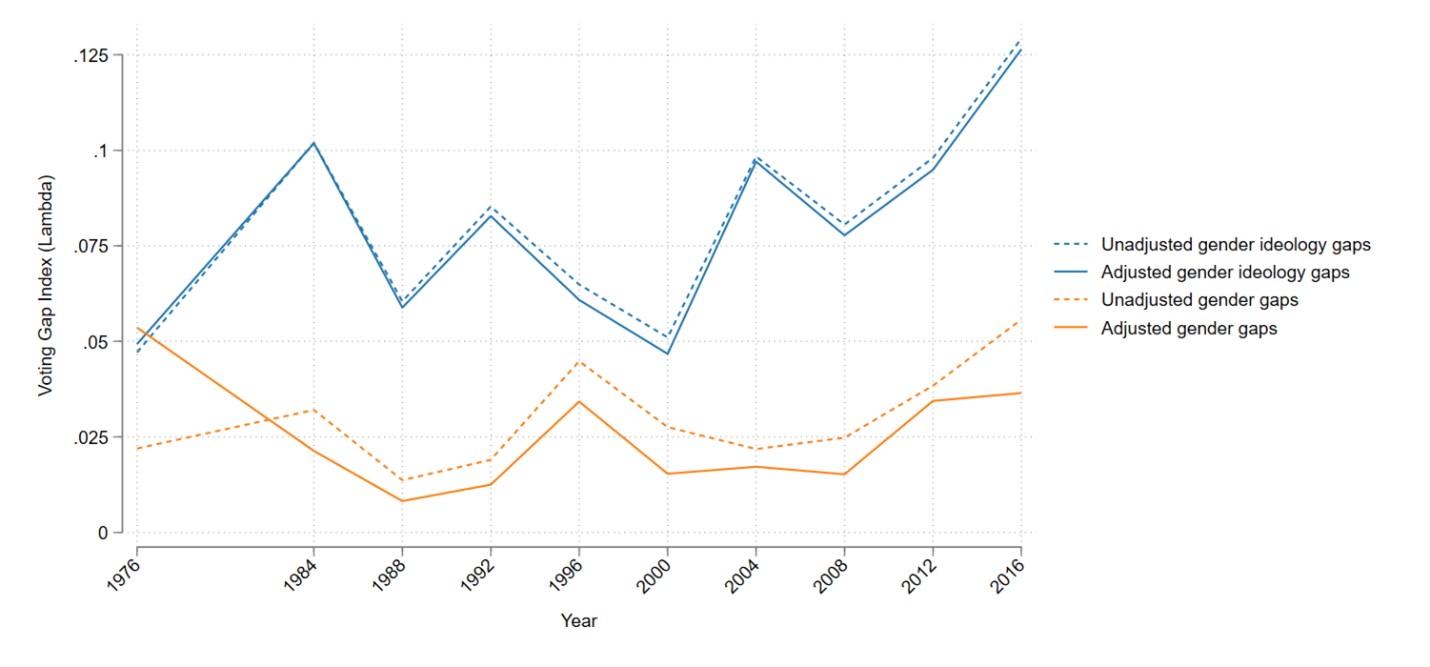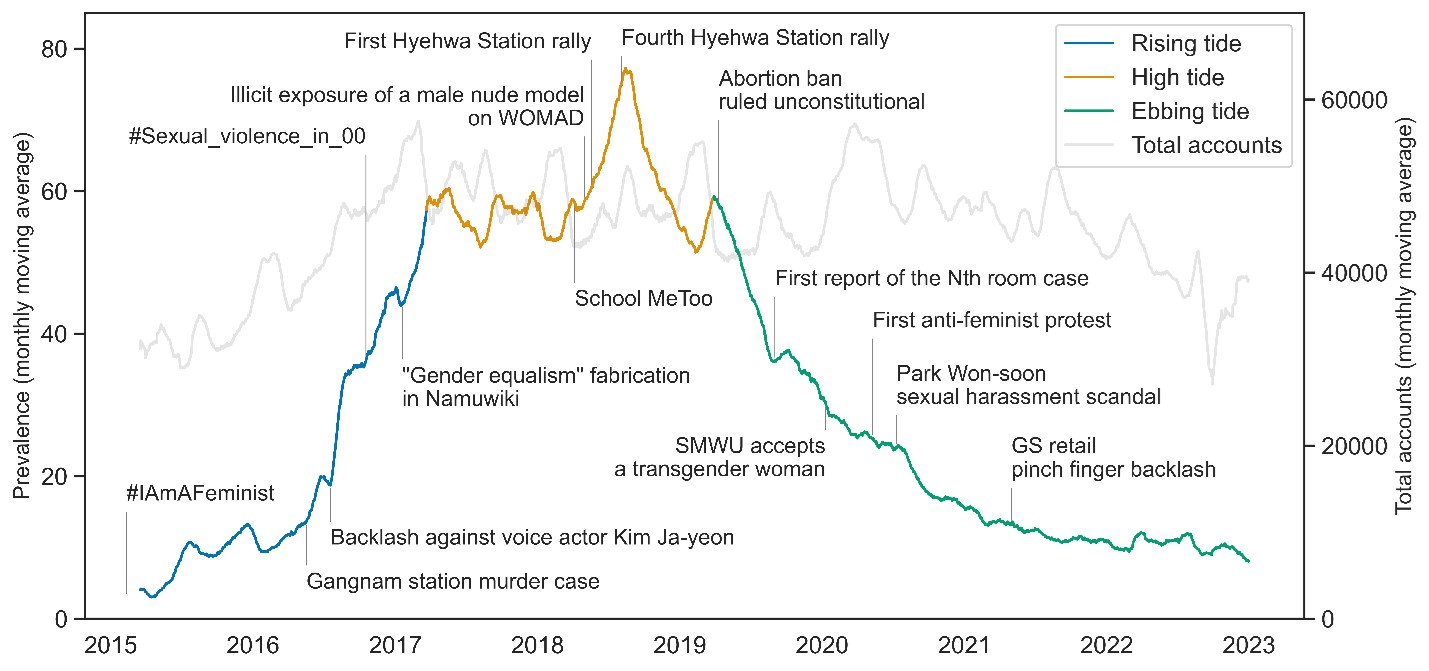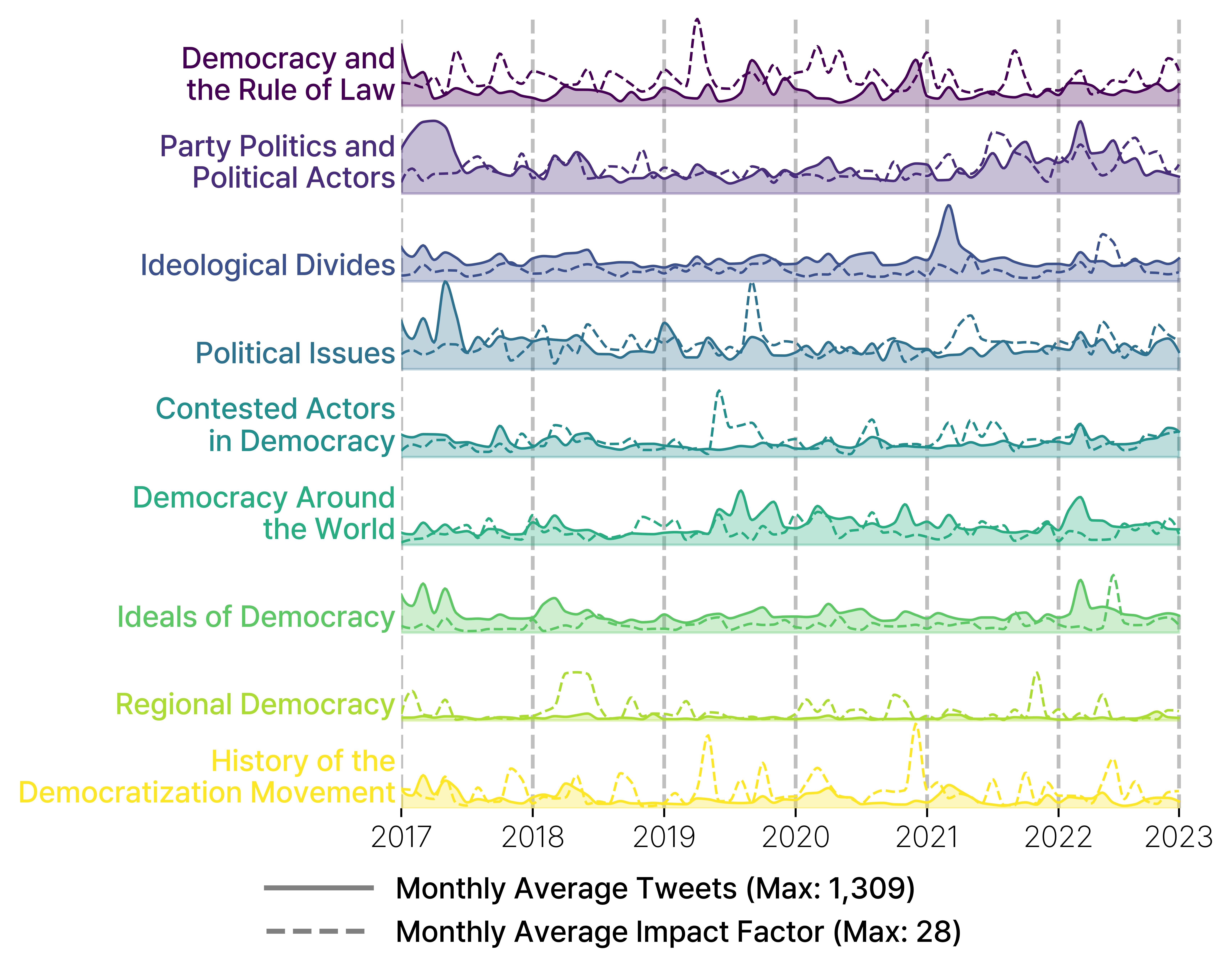research
Publications
2025
No Time to Fight, People are Dying out There: The Elite Polarization and Development Aid for Health of the Development Assistance Committee Countries [PDF]
Sociology of Development

Using a new measure of legislative polarization, this study shows that higher polarization in affluent donor countries reduces Development Assistance for Health disbursements, thereby threatening health conditions in lower-income countries.
Read more about this study
Developmental Assistance for Health (DAH) is a vital way for OECD countries to support health improvements in lower-income nations. DAH programs address HIV/AIDS, tuberculosis, and malaria prevention and treatment, among other priorities. Although DAH contributions from the Development Assistance Committee (DAC) rose for several decades, they appear to have stalled around 2010 (except for COVID-19 emergency funding). However, few studies have explored the factors influencing these overall contributions.
This study looks at how political elite polarization in legislative bodies affects DAH commitments (pledged amounts) and disbursements (actual amounts sent) from DAC member countries. I argue that when politicians in a legislature are more polarized—meaning there is less compromise and a bigger gap in their views—it becomes harder to pass budgets and laws. This leads to slower or smaller DAH disbursements. In addition, the growth of far-right parties may reduce support for global health initiatives, as well as for science and health more generally.
To explore these ideas, I developed the Right-Left Polarization Index (RILE-PI), a new way to measure polarization in legislatures. Using two-way fixed effects regression, I tested the impact of polarization on DAH commitments and disbursements. I found that higher polarization in donor countries reduces DAH disbursements but does not significantly affect commitments. This means that political dynamics in donor countries can directly cause funding delays or cutbacks in recipient countries, potentially harming people’s health. This study highlights how crucial it is to maintain steady DAH funding, particularly among DAC members.
The figure below simulates the link between RILE-PI scores and DAH disbursements. The black line shows actual disbursements, while the blue line shows what could have been achieved if all countries had the lowest observed level of polarization in their legislatures. The gap between the blue and black lines represents the potential loss in DAH disbursements due to polarization. The orange line shows the worst case scenario, with the highest observed polarization applied to all countires, which suggests we may not be in the darkest timeline...
Working Projects
Gender Ideology Gap: The Change in Gender Ideology and the Political Alignment Process

This study aims to enhance the understanding of the gender voting gap in the United States by introducing gender ideology as a more accurate tool for examining the relationship between gender belief systems and political behavior. It moves beyond the conventional approach of using a dichotomized male or female category to predict political affiliation, focusing instead on how individuals understand gendered values.
Navigating the Rise and Fall of Feminism on Korean Twitter: Sequential Text Analysis of Feminist-related Identity, 2015-2022

This study examines the evolution of feminist identities on Korean Twitter from 2015 to 2022. Here, I analyze how the prevalence of feminist-related identities has changed throughout time. The rapid rise and fall shown in the figure above is a very unusual pattern, which makes this study especially fascinating.
Exploration of the Meaning of Democracy in Korea: A Study on Democracy Discourses Represented in Long-term Large-scale Online Data
Joint project with Yoonyoung Na and Woo-Yeon Jung

Written in Korean, this study explores the meaning of democracy in Korea by analyzing long-term large-scale online data. It examines how democracy is discussed and represented in Twitter, providing insights into the evolving understanding of democracy in the Korean context.
The Changing Representation of LGBTQ in Korean Twitter Universe: An Explanatory Study of Shift in Display of Sexual Minority Identity

Different from Twitter in the US context showed gradual increase in LGBTQ+ visibility, Korean Twitter has shown a unique pattern of representation of sexual minority identities. This study investigates the changing representation of LGBTQ+ identities on Korean Twitter from 2015 to 2022. Using a large-scale dataset of Twitter bios, I analyze the prevalence of LGBTQ+ identities. It is interestingly found that between 2018-2020, the prevalence of gay decreased, but those of bisexual and queer increased. The results may imply that the increase of bisexual and queer identities is related to the rise of intersectional feminism in Korea. The findings may suggest that the representation of sexual minority identities on Korean Twitter is not only influenced by the global LGBTQ+ movement but also by the local feminist movement.